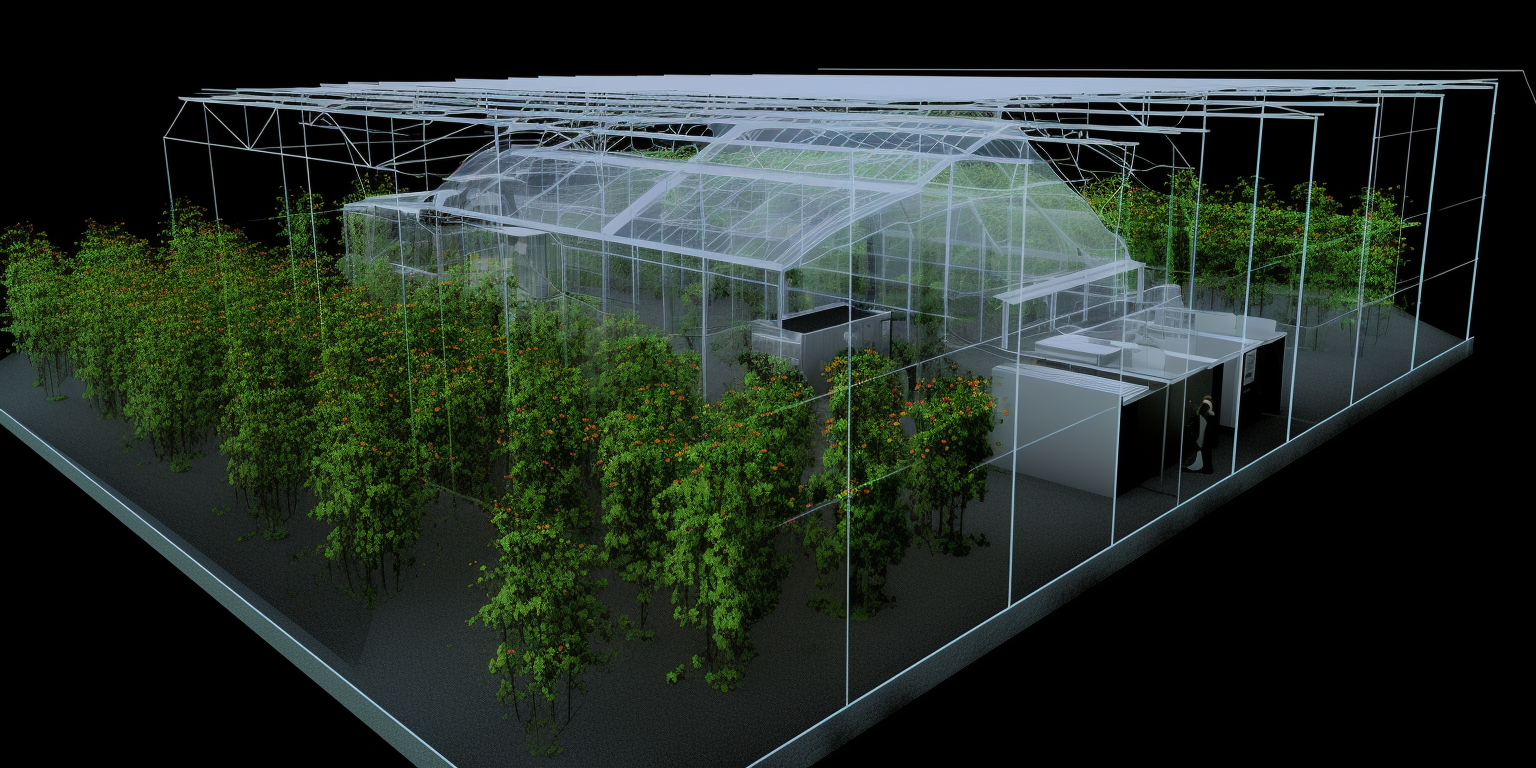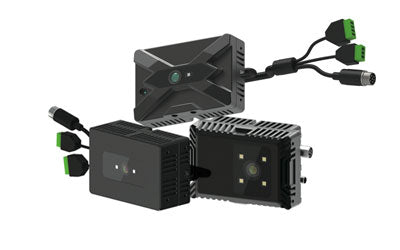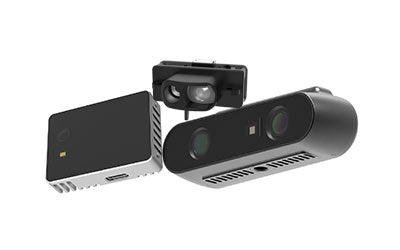The potential of TOF sensors in the field of agricultural technology

Time-of-flight (TOF) sensors are gaining popularity in various industries for their ability to provide accurate and reliable distance measurements. One such industry where TOF sensors have shown potential is the field of agricultural technology. In this article, we will explore the potential of TOF sensors in agriculture and their possible applications.

What are TOF Sensors?
TOF sensors use light to measure the distance between the sensor and an object. They emit a short pulse of light and measure the time it takes for the light to bounce back to the sensor. By calculating the time taken by the light, the sensor can determine the distance between itself and the object.

Applications of TOF Sensors in Agriculture
TOF sensors have the potential to revolutionize the way we approach agriculture. Here are some of the possible applications of TOF sensors in agriculture:
-
Crop Monitoring: TOF sensors can be used to monitor crop growth and health. These sensors can measure the height of the crops and detect any abnormalities, such as stunted growth or nutrient deficiencies.
-
Precision Farming: TOF sensors can be used to improve the precision of farming practices. These sensors can measure the distance between plants and enable precision planting, irrigation, and fertilization.
-
Autonomous Farming: TOF sensors can be used to enable autonomous farming. These sensors can be integrated with drones and other robotic systems to enable accurate and reliable navigation and obstacle avoidance.
Benefits of TOF Sensors in Agriculture

There are several benefits of using TOF sensors in agriculture, including:
-
Increased Efficiency: TOF sensors can improve the efficiency of farming practices by enabling precision farming, reducing waste, and improving crop yields.
-
Cost Savings: TOF sensors can help reduce costs associated with manual labor, fertilizer, and other inputs by enabling more efficient use of resources.
-
Environmental Benefits: TOF sensors can help reduce the environmental impact of farming by enabling more sustainable practices such as precision farming and reducing the use of harmful pesticides and fertilizers.
Challenges in Using TOF Sensors in Agriculture

The use of TOF sensors in agriculture does face some challenges. These include the need for accurate calibration of the sensors, the need for robust data management and processing, and the need for sufficient power to run the sensors.
TOF sensors have the potential to transform the way we approach agriculture. Their ability to provide accurate and reliable distance measurements can enable more precise and efficient farming practices, leading to increased yields, cost savings, and environmental benefits. While there are some challenges associated with the use of these sensors in agriculture, advances in technology and software development are helping to overcome these challenges and make TOF sensors more accessible and useful for farmers.
Synexens Industrial Outdoor 4m TOF Sensor Depth 3D Camera Rangefinder_CS40p

After-sales Support:
Our professional technical team specializing in 3D camera ranging is ready to assist you at any time. Whether you encounter any issues with your TOF camera after purchase or need clarification on TOF technology, feel free to contact us anytime. We are committed to providing high-quality technical after-sales service and user experience, ensuring your peace of mind in both shopping and using our products.
-
Posted in
CS40P


